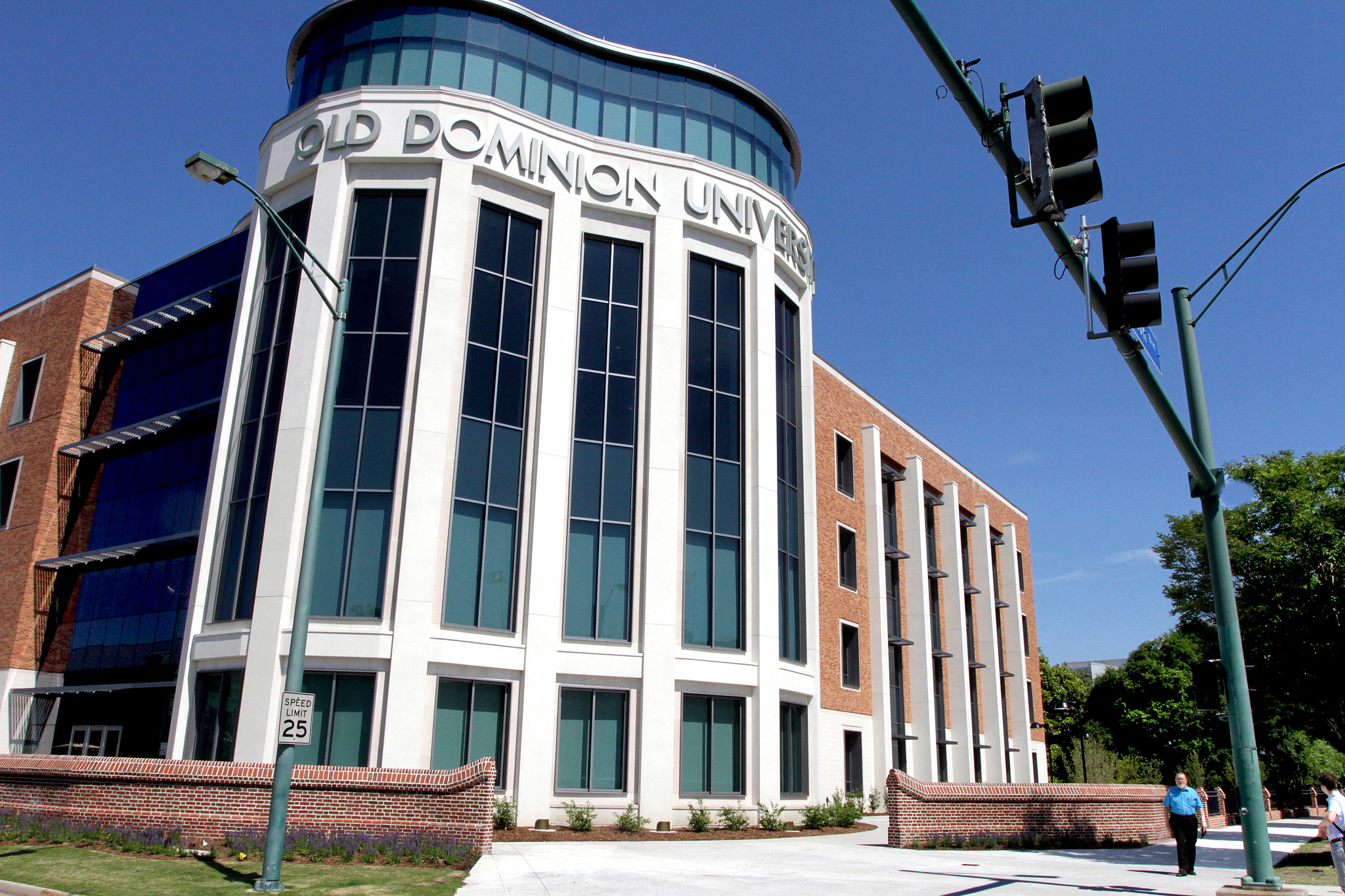When Joliet Junior College opened its doors in 1901, the Earth’s climate was relatively stable. Today, the world’s climate is volatile and increasingly threatening. Organizations across sectors—governmental, nonprofit, corporate, and multinational—are scrambling to assess risks, mitigate losses, and adopt environmentally sound practices[1]. At the same time, legacy orientations to organizational ethics deny responsibility for externalities not only for environmental degradation but also for exploitation of human resources. Corporations, governments, and other organizations are divided between those that accept responsibility for environmental and human wellbeing and those that do not. Governments such as Canada and Norway, corporations such as Siemens and DuPont, multinational organizations such as the United Nations, and nonprofits such as the World Wildlife Fund for Nature are among the organizations leading a movement toward sustainability. These organizations are increasingly redefining the expectations society holds for organizations[2]. They are leading what Peter M. Senge and colleagues call “a necessary revolution.”[3]
Community colleges ideally positioned to lead the sustainability revolution.
Indeed, sustainability is explicit in the community college mission[4]: Colleges have a moral obligation to meet the needs of direct and indirect stakeholders, employees, students, pressure groups, and communities without compromising its ability to meet the needs of future stakeholders as well.[5] This is the quintessential definition of sustainability[6]. Toward this end, community colleges must “make sustainability a guiding principle for all institutional practices, offerings, and academic programs”[7]. This will not be easy, and it entails risks. Yet community college leaders must navigate the politics of climate change, engage communities, and facilitate transformative change.
Senge and colleagues caution that short-term, easy fixes will only make matters worse. Critically needed is strategic organizational change at a global scale. Community colleges can and must exercise their capacity for community-based leadership. First, community colleges themselves integrate sustainability into long-term organizational strategies. Second, the community college can serve as a resource for other organizations seeking to realize sustainable strategies. This is perhaps not a novel idea. According to the “sustainability is rooted in our mission—and community colleges connect with tens of millions of people who will be the sustainability leaders of tomorrow”[9].
About the Authors:
David F. Ayers is the founding director of CCCAA and associate professor of community college leadership at Old Dominion University.
Michael V. Ayers is vice president of academic affairs at Southeastern Community College in Whiteville, NC.
[1]U.S. Department of Defense, DoD releases report on security implications of climate change (U.S. Department of Defense ed., DoD News 2015);Global Change Research Act 104 Stat 3096-3104 15 U.S.C. 2921 (1990).
[2]Suzanne Benn, et al., Organizational change for corporate sustainability (Routledge. 2014).
[3]Peter M. Senge, et al., The necessary revolution (Crown Business. 2010).
[4]Community colleges in the emerging green economy: Charting a course and leadership role. (2011).
[5]Thomas Dyllick & Kai Hockerts, Beyond the business case for corporate sustainability, 11 Business Strategy and the Environment(2002).
[6]G. Brundtland, Report of the World Commission on Environment and Development: Our common future (Oxford University Press 1987).
[7]A guide to climate resiliency & the community college. (2014).
[8]Senge, et al. 2010.
[9]Community colleges in the emerging green economy: Charting a course and leadership role. (2011).


